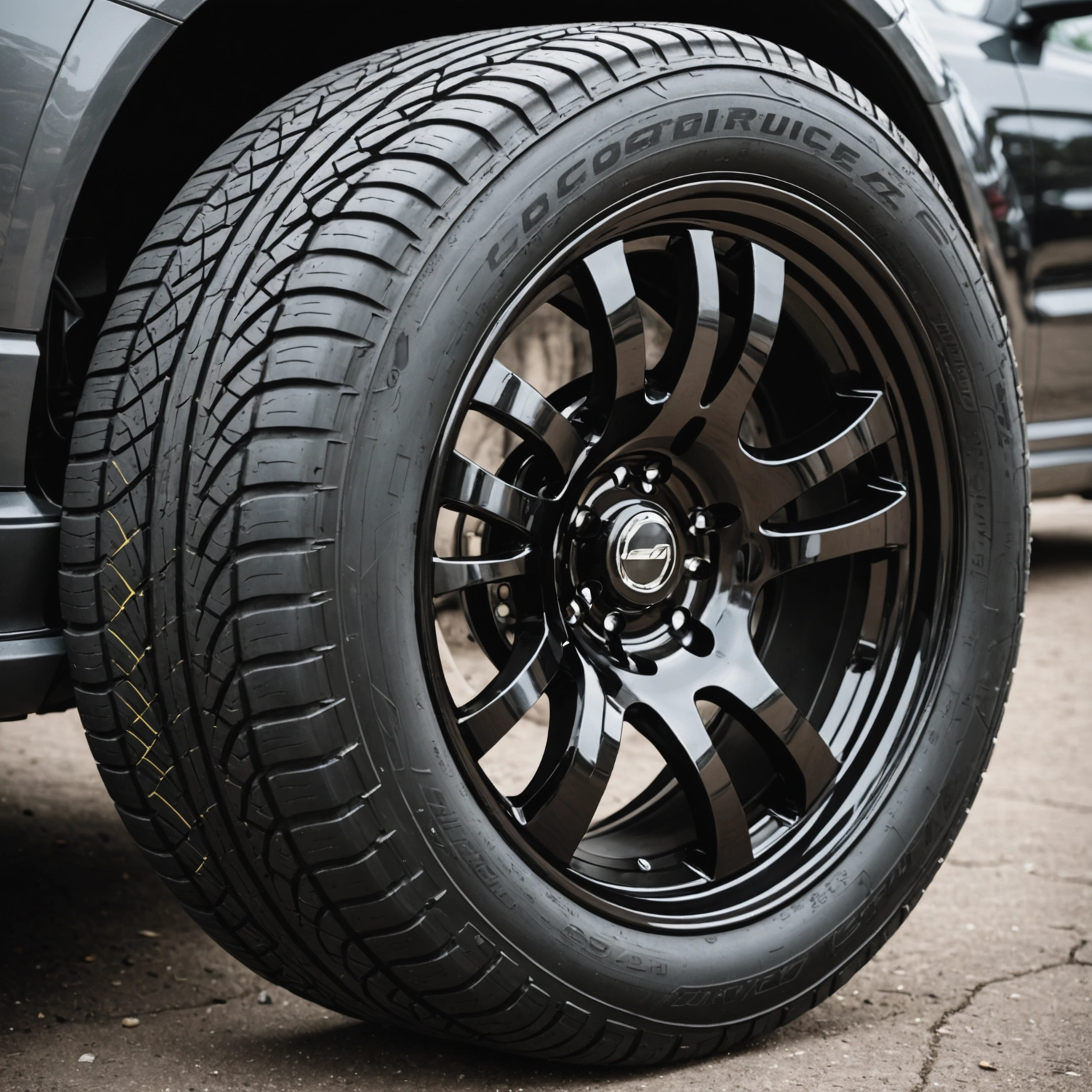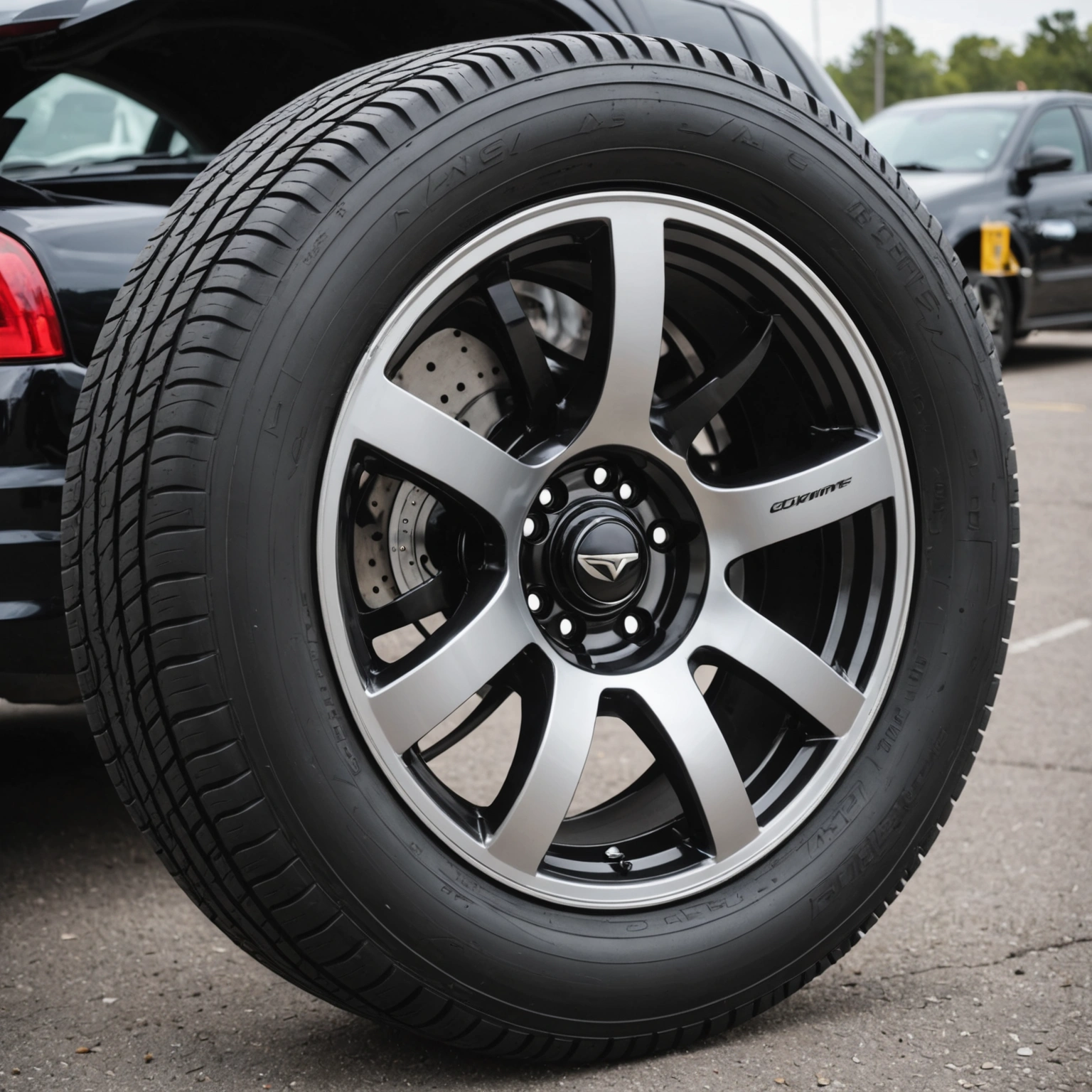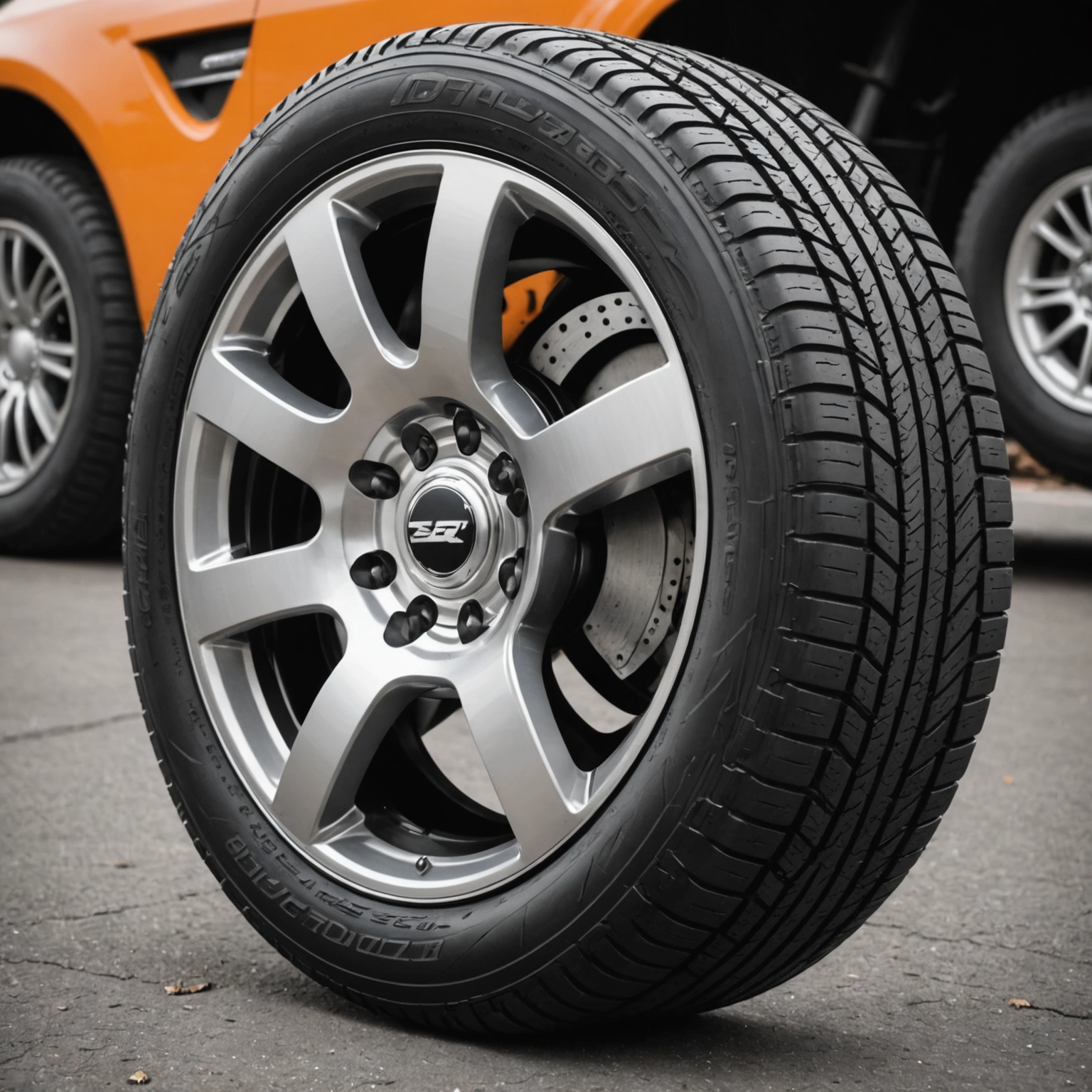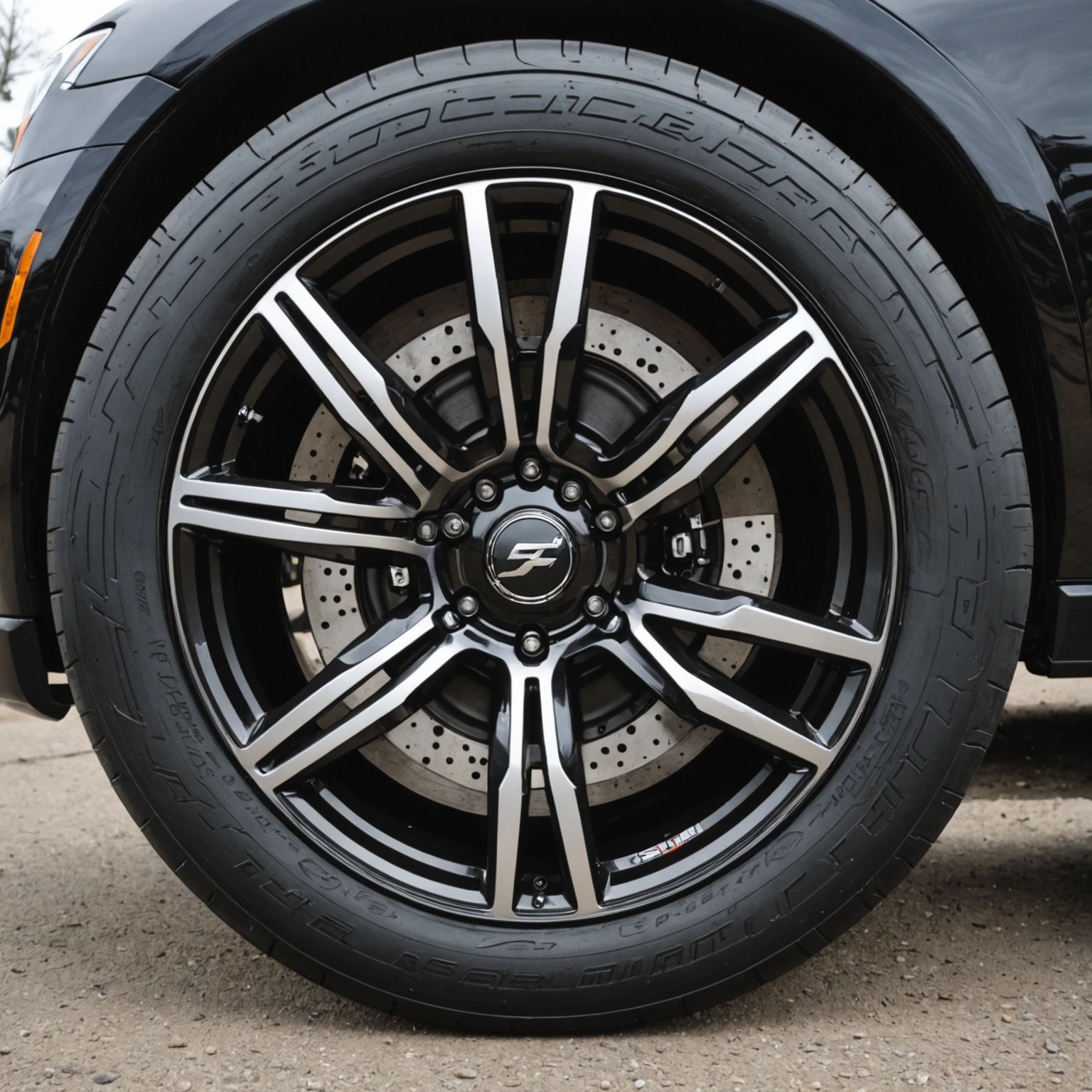**Understanding Tire Sizes: What Do the Numbers and Letters Mean?**
When it comes to maintaining your vehicle, selecting the right tires is crucial for safety, performance, and fuel efficiency. One of the first steps in choosing the correct tires is understanding tire size — a series of numbers and letters printed on the sidewall of your tire. But what do these markings actually mean? Let’s break down the basics so you can confidently read and understand your tire size.

### What Is a Tire Size?
A typical tire size looks something like this: **P215/60R16 94H**. Each part of this designation provides specific information about the tire’s dimensions, construction, and capabilities.

### Breakdown of Tire Size Components
1. **Tire Type (Optional Letter Prefix):**

– **P**: Passenger car (most common)
– **LT**: Light Truck

– **ST**: Special Trailer
– **No prefix**: Usually indicates European standards, often similar to P-metric tires.
2. **Tire Width (Section Width):**
– **215** (in millimeters): This is the width of the tire from sidewall to sidewall when mounted and properly inflated.
3. **Aspect Ratio (Profile):**
– **60**: The height of the sidewall expressed as a percentage of the tire’s width. In this case, the sidewall height is 60% of 215mm.
4. **Construction Type:**
– **R**: Radial construction (most common)
– **D**: Bias Ply
– **B**: Bias Belted
5. **Rim Diameter:**
– **16**: The diameter of the wheel rim in inches that the tire fits.
6. **Load Index:**
– **94**: Indicates the maximum load the tire can carry when properly inflated. You can look up the exact weight capacity in a load index chart.
7. **Speed Rating:**
– **H**: The maximum speed the tire can sustain safely. For example, H indicates up to 130 mph.
### Why Is Tire Size Important?
Choosing the correct tire size ensures:
– Proper fit on your vehicle’s wheels
– Accurate speedometer and odometer readings
– Optimal handling and safety
– Compliance with manufacturer specifications
Using the wrong size can lead to poor handling, increased tire wear, and even safety hazards.
### How to Find Your Tire Size
You can typically find your tire size in one of three places:
– On the sidewall of your current tires
– In your vehicle’s owner’s manual
– On a sticker inside the driver’s door or fuel filler door
### Quick Tips
– Always match your new tires to the size specified by your vehicle manufacturer.
– When upgrading to larger or different-sized tires, consult a professional to ensure compatibility.
– Consider other factors like load capacity and speed rating based on your driving needs.
—
**In summary**, understanding tire size is straightforward once you know what each part of the designation means. Properly sized tires ensure your vehicle performs safely and efficiently. Next time you’re replacing your tires, take a moment to read the sidewall and make an informed choice for your ride!

